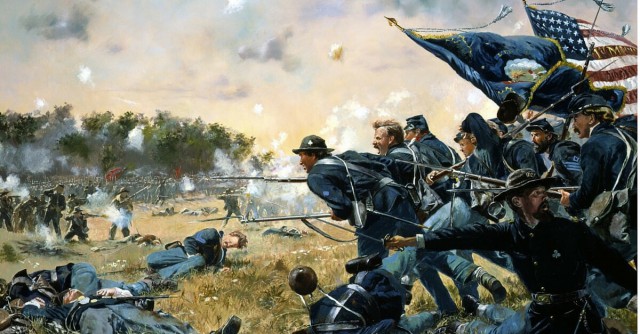
Wars throughout the decades have been accelerators of new technology. However, looking at the American Civil War, it is not what we see today. The Civil War soldiers’ technology? Guns, railroads, and photography – not new or exciting compared to today, but still important for the time. Inventors and military people have implemented new weapons and even a submarine to help in battle.
Here, for example, are some of the most fascinating pieces of technology used in the Civil War:
Weapons
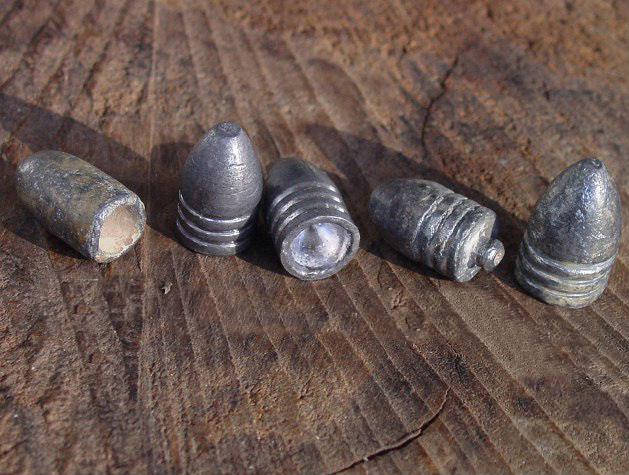
Generally, people think of Civil War soldiers as using muskets to fend off the enemy. While that is true, inventors knew that a new kind of weapon was needed to provide a more accurate shot. Muskets could fire only one bullet at a time and had a range of only about 250 yards and could fire accurately only 80 yards. With this kind of accuracy, a soldier would have to stand relatively close to his enemy to have any chances of hitting the target.
So a rifle was invented. It had better range, could shoot accurately up to 1,000 yards, and proved to be more accurate than a musket. Unfortunately, until the 1850s it was impossible to use them in battle, because the rifle’s bullet was almost the same diameter as its barrel, making it difficult and time-consuming to load. The soldiers would sometimes have had to pound each bullet into the barrel with a mallet.
In 1848 a French army officer, Claude Minie, invented a cone-shaped bullet that was of a smaller diameter than the rifle barrel. With the new bullet shape, the soldiers could load their guns without ramrods or mallets, which proved to be a great asset in the war. Along with the ease of loading a gun, the shape of the bullet also proved to be deadlier and also had a better range. As the soldiers started using these guns, the enemies located further away were forced to dig trenches to hide from them.
The “Repeaters”

While the rifles and Minie bullets were easier to load, reloading after each shot was still required since they could only handle one bullet at a time. This would prove dangerous for the soldiers.
In 1863 the Spencer carbine was invented. It was called the repeater because of its ability to fire more than seven bullets in 30 seconds. These guns came to be most beneficial to Union soldiers; the South did not have the factories to make them, nor did they have any designs on how to make them.
Balloons and Submarines
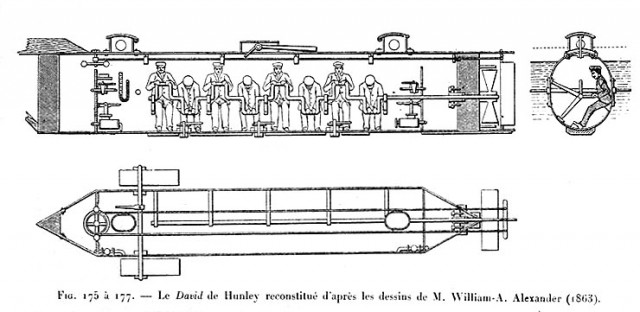
While many know hot air balloons to be a fun activity today, the Union soldiers used to use them to spy on the Confederate lines. The hydrogen-filled balloons were flown so that reconnaissance information could be sent back to the commanders through Telegraph.
Maritime warfare changed completely with the appearance of the first submarines. The ships used at that time were known as “iron-clads” that the Norht used to traveled up and down the coast, blocking the southern ports to keep supplies from getting reaching the Confederates.
Confederate soldiers tried sinking the iron-clad warships with submarines. The first-ever submarine, C.S.S. Hunley, was 40 feet long and of a tubular shape and held eight men. In 1864, the Hunley sank a Union blockade ship just off the coast of Charleston but was itself wrecked during the same mission.
Railroads
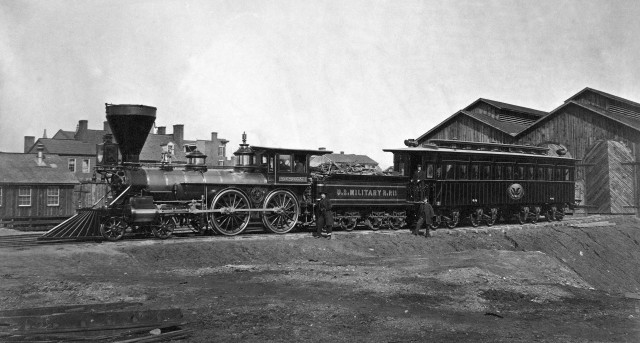
The North used the trains mostly for moving the troops and supplies to different locations, and their soldiers kept the trains and tracks safe from a possible Confederate attack.
The Telegraph
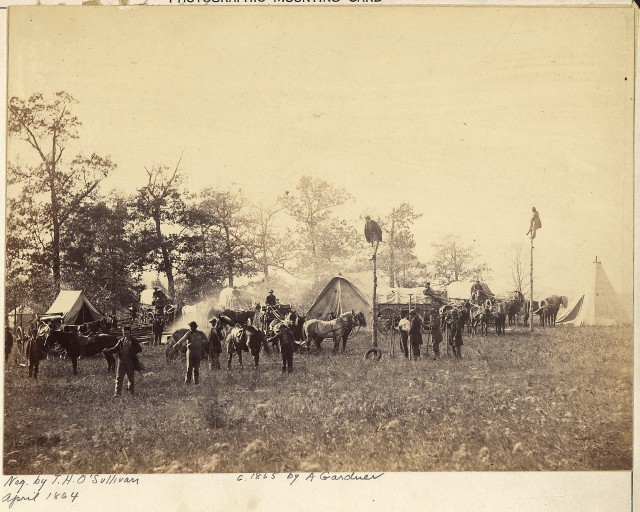
By 1861, the Union established the U.S. Military Telegraph Corps, which was led by a railroad man named Andrew Carnegie. Within a year, the Corps had trained over 1,000 operators, hung 4,000 miles worth of telegraph wire, and sent over a million messages to and from the battlefield.
Photography
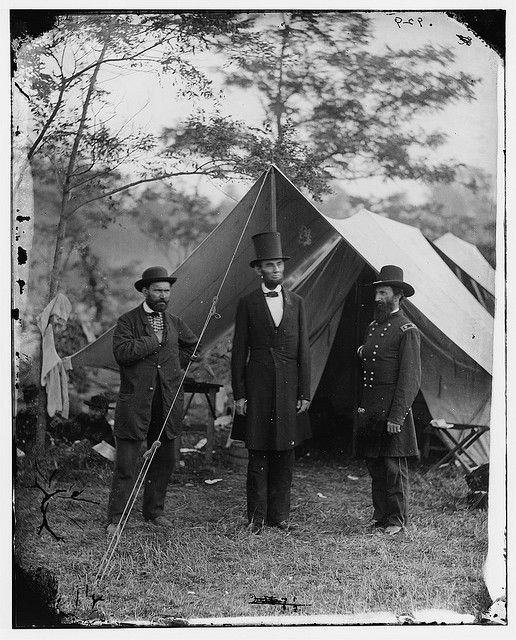

Δεν υπάρχουν σχόλια:
Δημοσίευση σχολίου